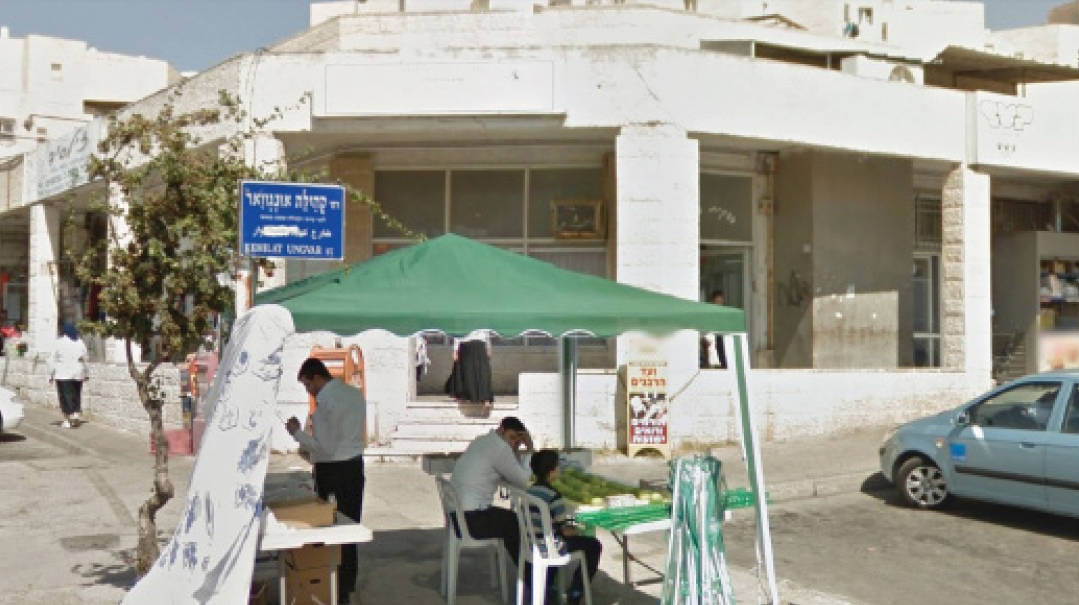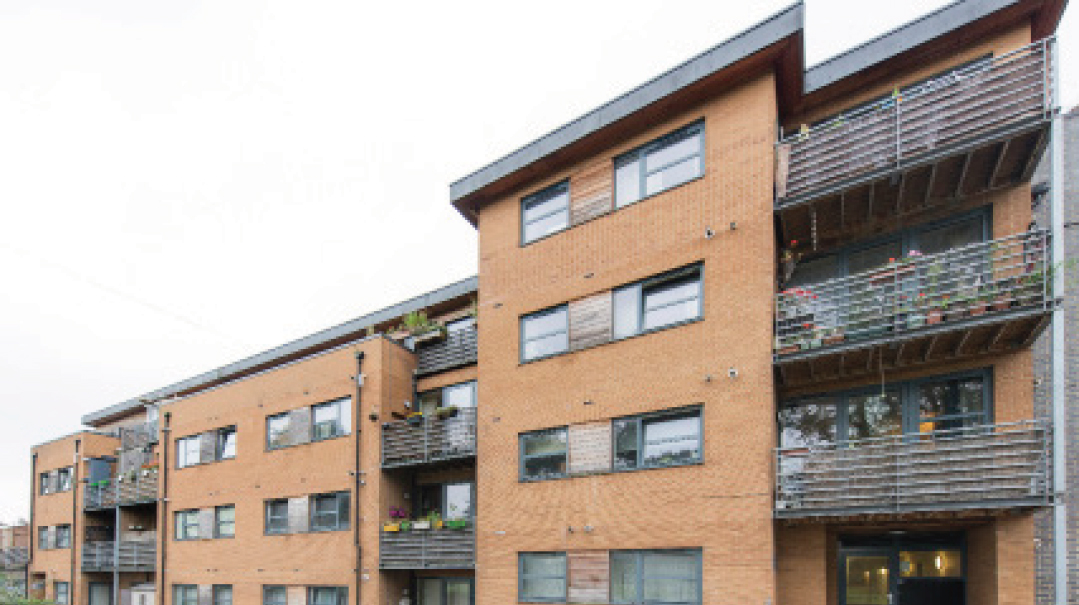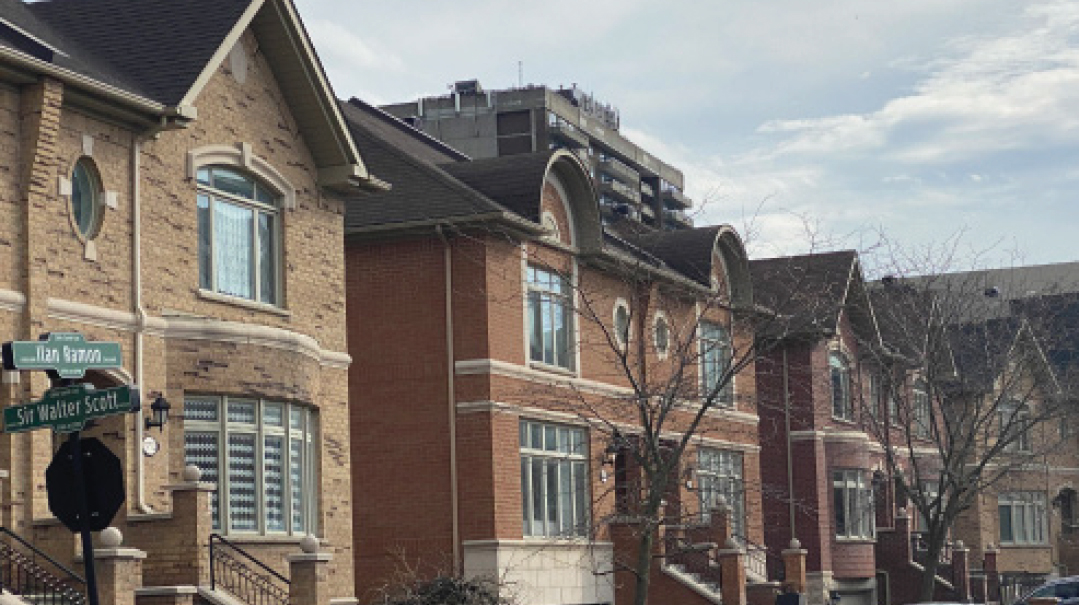Make Me a Corner
| April 5, 2020"He made a neder that if he got out alive he would dedicate his life to avodas Hashem”

KIRYAT UNGVAR, Jerusalem
Dedicated in memory of the Rav (and town) of Ungvar Hy’’d
WHO WAS THE UNGVARER RAV?
Actually, there were two. There was the Ungvarer Rav from the city of Ungvar, Czechoslovakia, Rav Yosef Elimelech Kahane Hy”d, who was murdered in Auschwitz. And there was his talmid and successor, Rav Menashe Klein ztz”l, who was the Ungvarer Rav in Brooklyn and later in Eretz Yisrael, where he was niftar in 2011. Rav Menashe Klein, preeminent posek, rosh yeshivah, mechaber of dozens of seforim, and considered as one of the gedolei hador, built the neighborhood of Kiryat Ungvar in Ramot, naming it after his rebbe and rosh yeshivah, Rav Kahane.
Rav Menashe Klein, born in 1925 in Orlova, a town near Ungvar, Czechoslovakia, was a young illui who studied in the yeshivah of Ungvar, where he became the talmid muvhak of its rav and rosh yeshivah, Rav Kahane.
Between Pesach and Shavuos of 1944, all the Yidden in and around Ungvar — which had been taken over by Hungary at the beginning of the war and was overrun by Germany in 1944 — were herded into a ghetto. Being young and strong, Menashe’s parents urged him to flee to safety, but he would not abandon his family, especially since his sister’s husband had been conscripted into the army, and she was fending for her children alone. After a time in the wretched and cramped conditions of the ghetto, Menashe heard a faint voice calling his name. He turned around to see a frail old man. Suddenly he recognized the gaunt face as his saintly rosh yeshivah, Rav Kahane, his beard ripped out. He was horrified to see the elderly 83-year-old enduring such torture.
“Di bizt mein talmid,” pleaded the Rosh Yeshivah. “Mach mir a vinkele — Make me a corner.” Reverently, the young talmid gathered some stones and formed a little cove, bringing his rebbe food and watching over him until, on Shavuos, the entire ghetto was transported to Auschwitz, and, along with Menashe’s parents, Rav Kahane was herded straight into the gas chambers.
“My father-in-law told me that on arriving to Auschwitz he saw the smoke of the crematorium, and he knew exactly what it meant,” relates Rav Klein’s son-in-law Rav Tzvi (Hershel) Hager, rav of Munkatch in Golders Green, London. “He made a neder that if he got out alive he would dedicate his life to avodas Hashem.”
From Auschwitz, Rav Klein was sent to Buchenwald, where he was liberated in 1945. He was then evacuated by train together with 427 other children and teenagers — among them the previous Kretchnifer Rebbe, Rav Yisrael Meir Lau, and his brother Naphtali Lau-Lavie, and longtime friend Elie Wiesel — to an orphanage on the outskirts of Paris under the Jewish organisation OSE. At 20 years old, Rav Klein had to fake his age, as 17 was the cutoff age for the child survivor transport. But being an adult among the orphaned refugees, he was able to be mekarev the broken youngsters. He taught Rav Lau and others how to say Kaddish for their parents, and he encouraged the boys to resume learning Gemara, just like they had in their youth, a world ago, instructing the officials at the orphanage to order seforim for the boys. Of the orphanage’s 400-plus children, some 100 boys from Orthodox homes were moved to another home and cared for by a dedicated frum social worker named Judith Hemmendinger, to whom Rav Menashe Klein always remained indebted.
At the time, Rav Klein’s best friend was prolific writer and Nobel Prize laureate Elie Wiesel, who was 15 when he met Reb Menashe in Auschwitz and clung to him as a mentor through that last horrifying year of the war. Wiesel, who came from a Vizhnitzer home, struggled with his Yiddishkeit (but still considered himself a Vizhnitzer chassid at heart), yet he maintained his close friendship with the Ungvarer Rav, often visiting him and seeking his advice. He was the main private donor of Kiryat Ungvar, dedicating the shul in memory of his parents Hy”d.
Oops! We could not locate your form.










